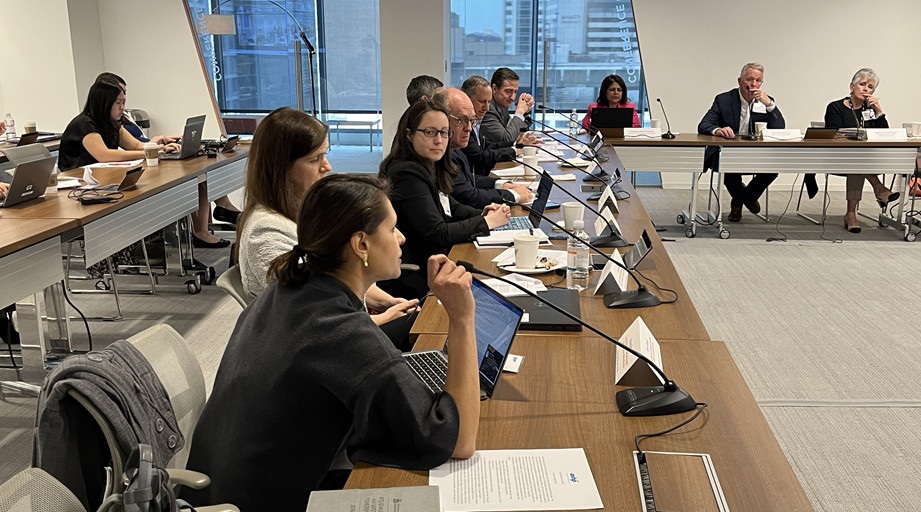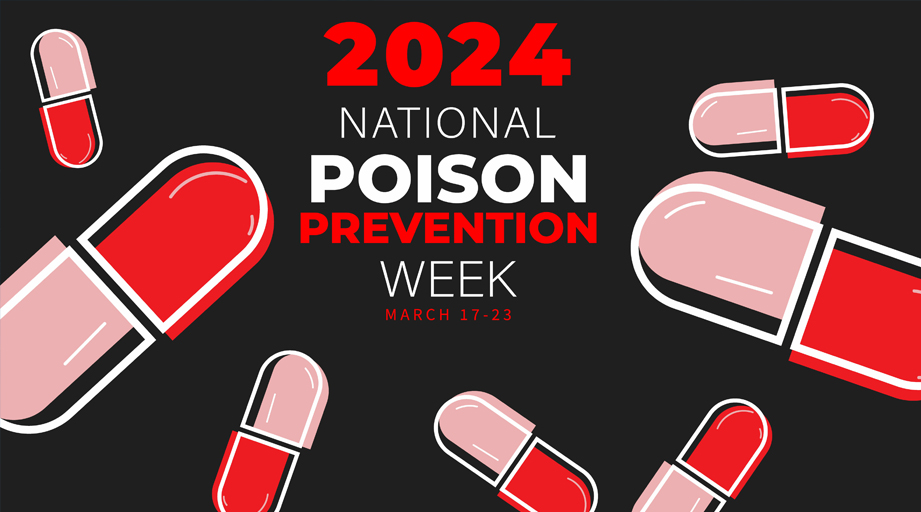
A new guideline from the American College of Cardiology (ACC), the American Heart Association (AHA), and several other professional associations appears to substantially increase the number of Americans considered to have abnormal blood pressure, although many are not expected to need medication to control the condition.
The groups’ "2017 Guideline for the Prevention, Detection, Evaluation, and Management of High Blood Pressure in Adults” defines normal blood pressure as less than 120/80 mm Hg.
Gone is the “prehypertension” category that previous AHA–ACC documents had defined as a systolic blood pressure (SBP) of 120–139 mm Hg or a diastolic blood pressure (DBP) of 80–89 mm Hg.
Instead, the guideline creates a new category, “elevated,” for people with an SBP of 120–129 mm Hg and a DBP of less than 80 mm Hg. Antihypertensive therapy is not generally recommended for this population, according to the guideline.
“This guideline seems to stress diet, lifestyle counseling—basically, a healthier lifestyle overall—and using medications optimally,” said Andrew P. Clark, ambulatory care and inpatient clinical staff pharmacist at Carolinas HealthCare System NorthEast in Concord, North Carolina.
For patients who visit the health system’s pharmacist-managed hypertension clinic, he said, “those are things we’re in a good position, already, to be doing.”
Clark said the hypertension clinic began operating about 2 years ago to focus on blood pressure control among patients who were taking an anticoagulant or receiving care for diabetes mellitus or metabolic syndrome.
“We’re already helping these patients on healthy diet and lifestyle choices,” he said of the patients with diabetes. “We go over the DASH diet with them, we motivate them to try to exercise and lose weight.”
The acronym DASH refers to the combination diet that, in a landmark 1990s study, was found to lower blood pressure in patients with an average SBP of less than 160 mm Hg and a DBP of 80–95 mm Hg. The diet was rich in fruits, vegetables, and low-fat dairy foods and had amounts of saturated fat, total fat, and cholesterol lower than those typical at the time for many Americans.
Although the clinic’s initial focus was on hypertension as a comorbid condition, the 3 clinical pharmacists on the outpatient care team increasingly see patients with hypertension uncomplicated by other conditions. Clark said that number may increase, because patients’ family members have seen news reports about the guideline and asked if they should be concerned about their own blood pressure.
The guideline estimates that 46% of Americans fit the redefined criteria for elevated blood pressure or hypertension. That represents a 43% increase over the proportion of adults with high blood pressure as defined in “The Seventh Report of the Joint National Committee on Prevention, Detection, Evaluation and Treatment of High Blood Pressure,” better known as JNC 7, which was published in 2003.
Under the new guideline, patients with an SBP of 130–139 mm Hg or a DBP of 80–89 mm Hg are classified as having stage 1 hypertension. An SBP of 140 mm Hg or greater or a DBP of 90 mm Hg or greater indicates stage 2 hypertension.
Clark said his clinic follows an evidence-based medication therapy protocol that the clinicians are comfortable with and that was already in line with recommendations in the new guideline.
“I don’t see anything changing as far as what medications we’re using. Really, these guidelines are talking about what goals we’re treating people to,” Clark said.
Those goals are more aggressive than in previous AHA–ACC guidelines.
For patients with confirmed hypertension and a 10% or greater risk of atherosclerotic cardiovascular disease (ASCVD), the recommended goals are an SBP less than 130 mm Hg and a DBP less than 80 mm Hg. Those goals may also be reasonable for patients with hypertension who have no other ASCVD risk factors.
Eric MacLaughlin, professor and chair at the Texas Tech University Health Sciences Center School of Pharmacy in Amarillo and the only pharmacist on the 2017 guideline’s writing panel, said evaluating patients and helping them reach their blood pressure goals “is going to require a lot of intervention, a lot of work, a lot of education and teamwork.”
“I think there’s a potentially significant role for pharmacists,” he added.
He said pharmacists should take note of recommendations in the guideline that can prevent common errors in blood pressure measurement. For example, patients should avoid exercising, smoking, and taking caffeine for at least 30 minutes before having their blood pressure measured, and they should empty their bladder before the test is performed.
“With these more aggressive blood pressure goals, we need to make sure we’re checking blood pressure correctly,” MacLaughlin said.
He acknowledged that taking the time to correctly measure blood pressure is challenging in a busy clinic setting, where workflow processes may need to be changed and staff trained in proper technique.
“Typically what happens is patients are out in a waiting room, sitting quietly and relaxing. Then they call them up, stick them on a scale, and tell them how much weight they’ve gained since they last came in. Then we walk them back to the room and stick a blood pressure cuff on them,” he said.
Clark said his clinic’s pharmacists have more time during appointments than physicians do to ensure that patients are relaxed and blood pressure readings are accurate.
And he said the aggressive blood pressure goals in the guideline and the tightened thresholds for abnormal blood pressure create new opportunities for pharmacists to help patients who need antihypertensive therapy.
“Some people are going to need to be on more medicines or, potentially, stronger medicines, so optimizing therapy is important,” he said. “And that’s really where I think we shine in the ability that we have to pick different medicines that work better for the patients. Sometimes I can get people to goal with actually using less medicine, which is usually exciting for them.”
One issue that’s likely to be problematic, he said, is the response of insurers to the new blood pressure goals. That’s because insurers and Medicare’s Star ratings program are increasingly tying the clinic’s reimbursement to performance metrics, such as meeting recommended blood pressure target goals.
“I can have a patient who I know it’s not safe for them to be at less than 130/80. And I know that there’s no way that they’re ever going to be there, [so] we could potentially look worse on some . . . outcomes,” he said. “That’s one thing that we’re concerned about.”
The 2017 guideline, which was released online on November 13 ahead of print in the Journal of the American College of Cardiology and AHA’s journal Hypertension, states that it is an update to JNC 7. A total of 11 professional organizations participated in the development of the document.
The first comprehensive JNC guideline on hypertension was published in 1977 under the sponsorship of the National Heart, Lung, and Blood Institute. The agency in 2013 stepped back from a direct role in the development of clinical guidelines, handing off the task to collaborative partners such as AHA and ACC.
[This news story appears in the February 1, 2018, issue of AJHP.]







